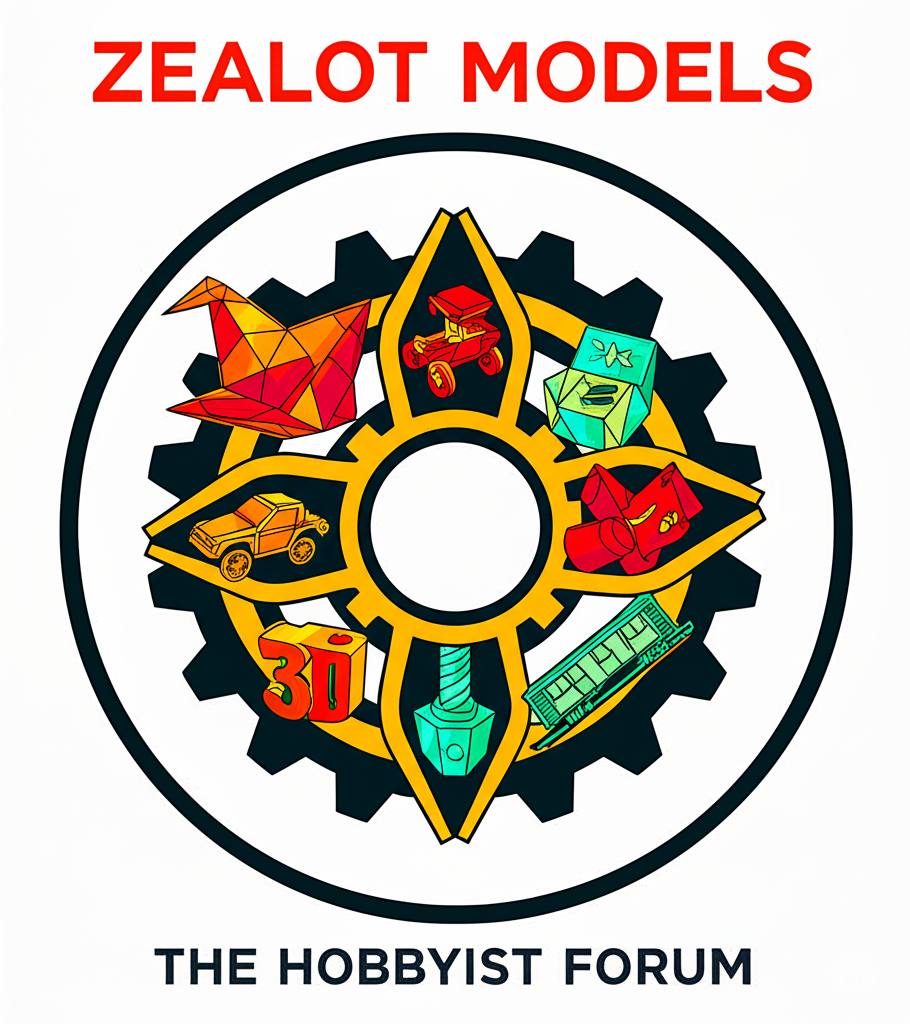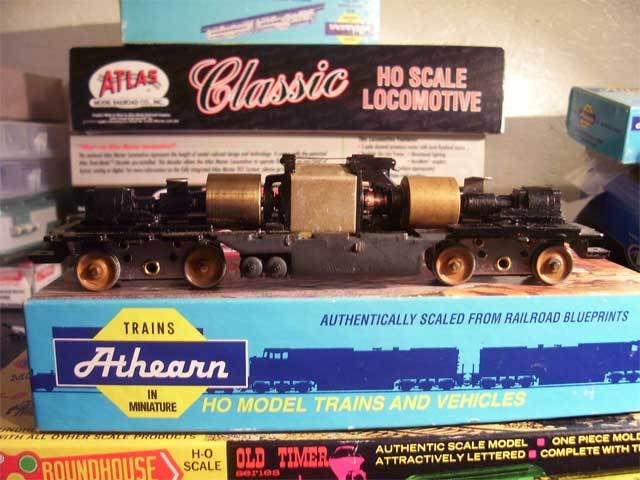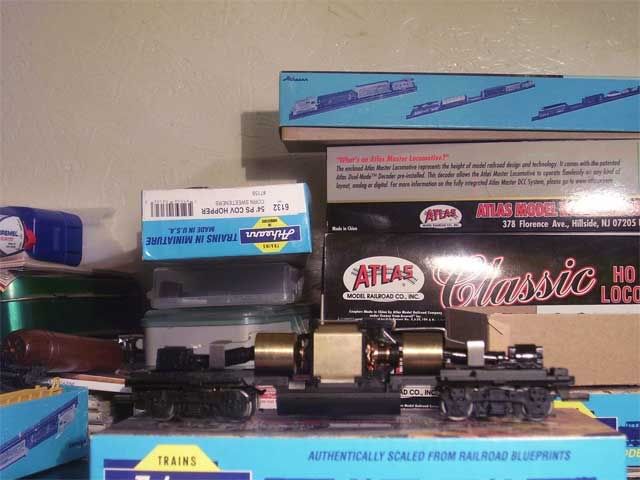All -
I've had a rash of locomotive issues lately. One Athearn was repaired under warranty (they did nice quick service). An Atlas is in their repair shop in NJ now: $42. Two more Athearn locos are in need of service. One has a grinding noise, and the other I think is driving only one of the two trucks.
One way to do this is to send them in for repair by the manufacturer.
Another approach, I suppose, is to learn to do the work myself, and simply order parts from the manufacturer.
What do you experienced modelers do? Are you confident in making your own repairs? I think I could do it with a tutorial or something. After all, I repair my old VW and work on computers all the time. It couldn't be trickier than that.
So - any sources for a tutorial on general loco servicing that you could recommend? Or should I stick with the manufacturer's repair service?
I've had a rash of locomotive issues lately. One Athearn was repaired under warranty (they did nice quick service). An Atlas is in their repair shop in NJ now: $42. Two more Athearn locos are in need of service. One has a grinding noise, and the other I think is driving only one of the two trucks.
One way to do this is to send them in for repair by the manufacturer.
Another approach, I suppose, is to learn to do the work myself, and simply order parts from the manufacturer.
What do you experienced modelers do? Are you confident in making your own repairs? I think I could do it with a tutorial or something. After all, I repair my old VW and work on computers all the time. It couldn't be trickier than that.
So - any sources for a tutorial on general loco servicing that you could recommend? Or should I stick with the manufacturer's repair service?



